A pioneer in his field, he built his reputation through meticulous coaching in expression and body language. Our specialty lies in creating captivating portraits of executives, ensuring an unforgettable first impression.
We understand that you want professional, eye-catching, and striking portraits to appear both professional and approachable, and to create a sense of trust and likability with your network.
We also understand that not everyone is comfortable in front of a camera.
However, don’t worry, we believe that it’s the role of the photographer to make you feel at ease and bring out the best in you during the session.
Our organization adhere to guidelines and offer a series of alternatives that encompass all likely facial possibilities. Your session will adhere to specific rules and no detail is left to uncertainty.
During the previous 12 month’s period, we have worked with in excess of 600 businesses, large and small, in France and overseas. Ranging from major organizations like BNP Paribas and Rothschild to individual entrepreneurs, scholars, and public figures.
Our company assist our clients attract attention on their articles and press releases, more effectively connect with visitors to their site, and increase their audience through social media.
We see beautiful photos of furniture, sandwiches, and cars everywhere!
It’s certainly possible to take beautiful photos of anyone!
You just need to master the right techniques.
Photogenicity, fortunately, is a myth!
Proof through example:
Here are two comparisons of commonly used portrait techniques versus our own optimized techniques, applied to the same people.
The difference is huge!
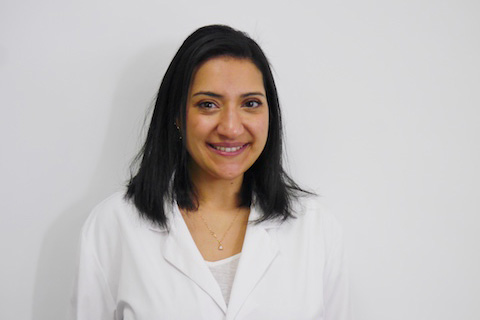 Conventional Techniques
Conventional Techniques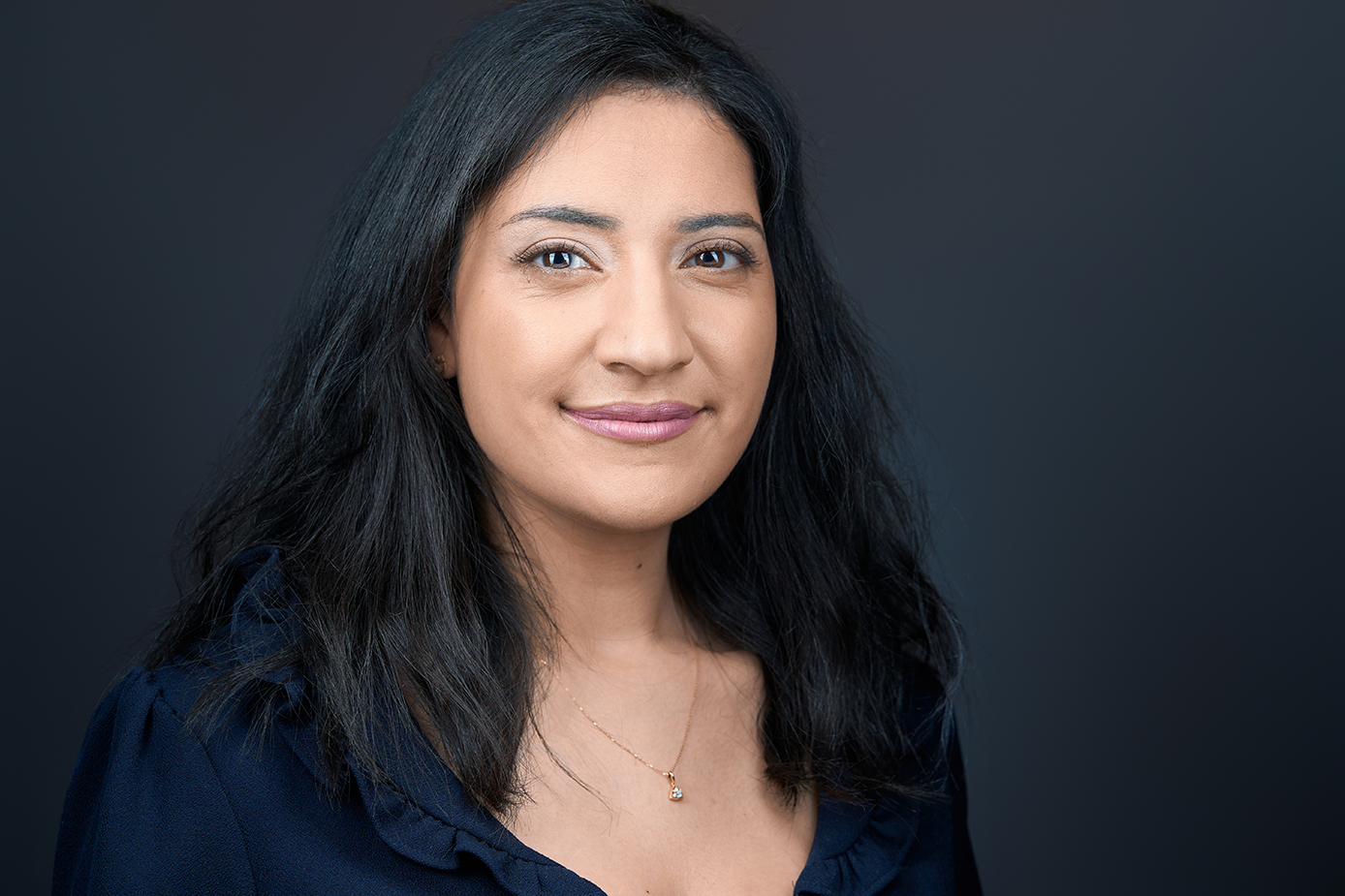 Our Optimized Techniques
Our Optimized Techniques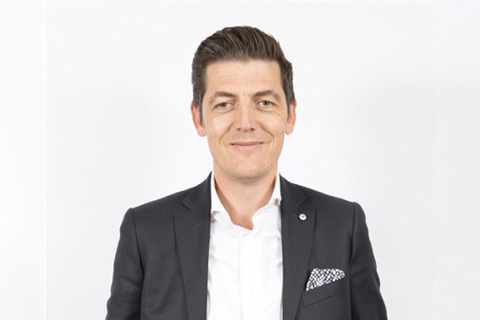 Conventional Techniques
Conventional Techniques Our Optimized Techniques
Our Optimized Techniques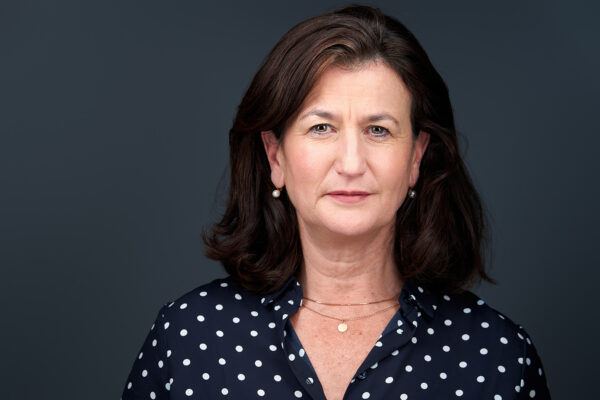
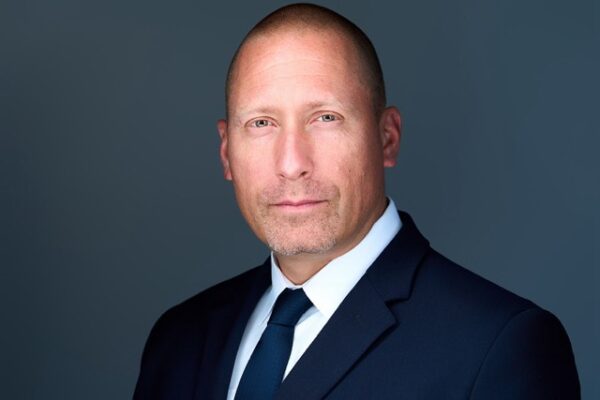
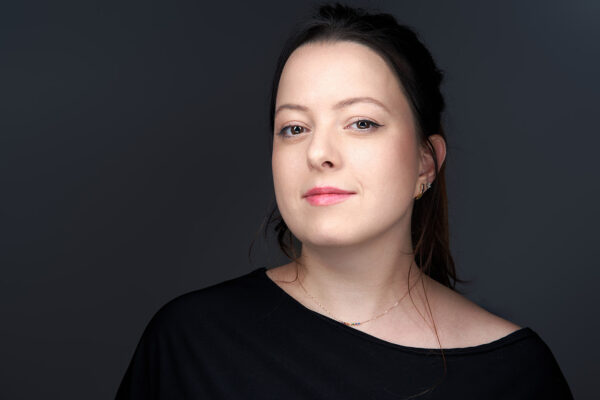
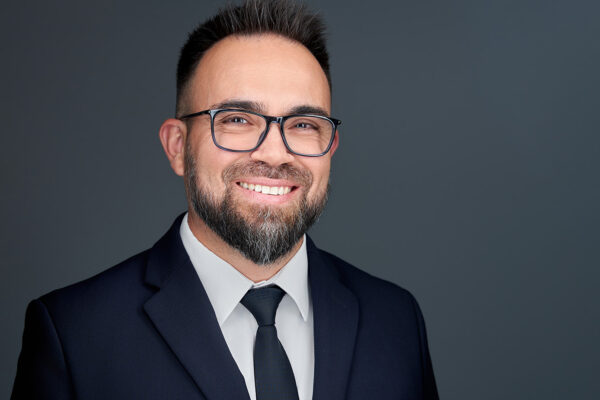
MILLISECONDES
Taking profile photos for the firm’s website or using them on social platforms may not appear like the most thrilling task you’ll perform this year, and it probably isn’t.
But we hope you also know how essential it is these days. Recent research suggests that we decide to trust someone within 500 milliseconds of seeing their face. No pressure!
No matter if your clients happen to be browsing your company site or searching for you on social media, you want to verify those critical moments count.
Your striking portrait:
A great corporate portrait increases your online visibility and helps you stand out from the competition.
Show that you take your brand seriously. Display a confident, approachable, and business-ready image.
Strengthen relationships and create new opportunities to win business!
If your last portrait experience was uncomfortable or boring, you chose the wrong photographer!
We promise you a fun and stress-free experience!
And even if a big smile isn’t what you’re looking for, lots of laughter ensures that you’ll have plenty of authentic expressions to choose from!
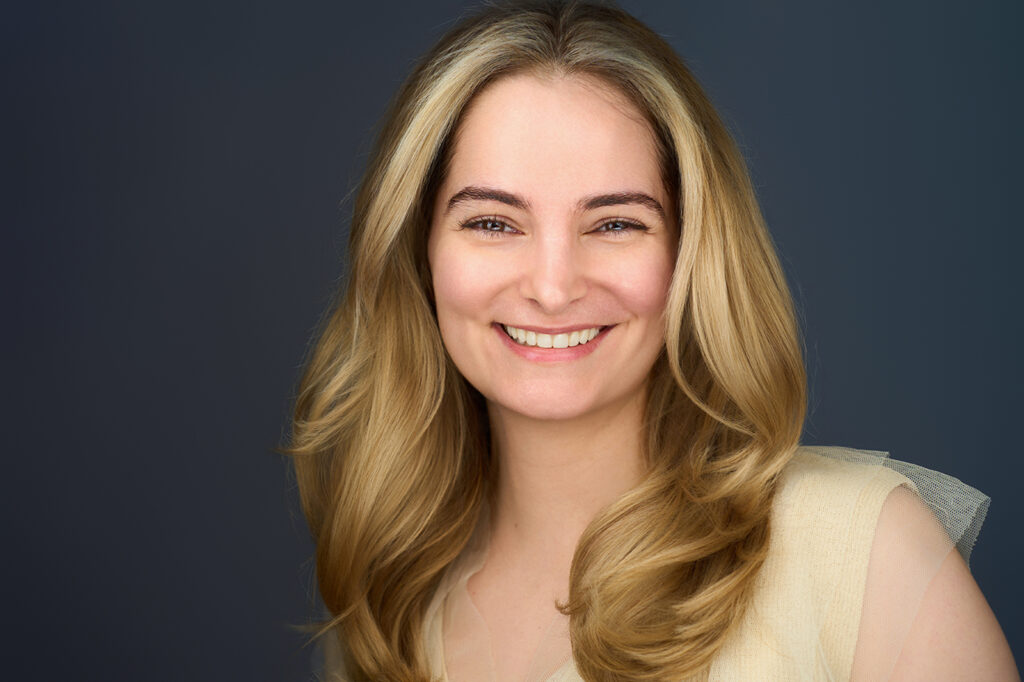
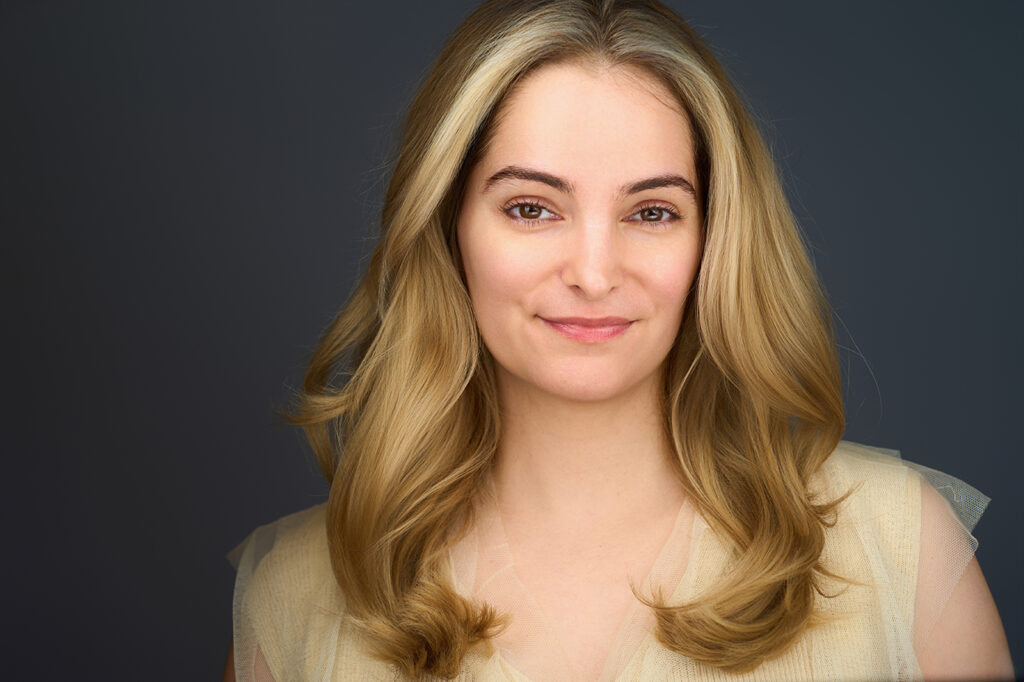
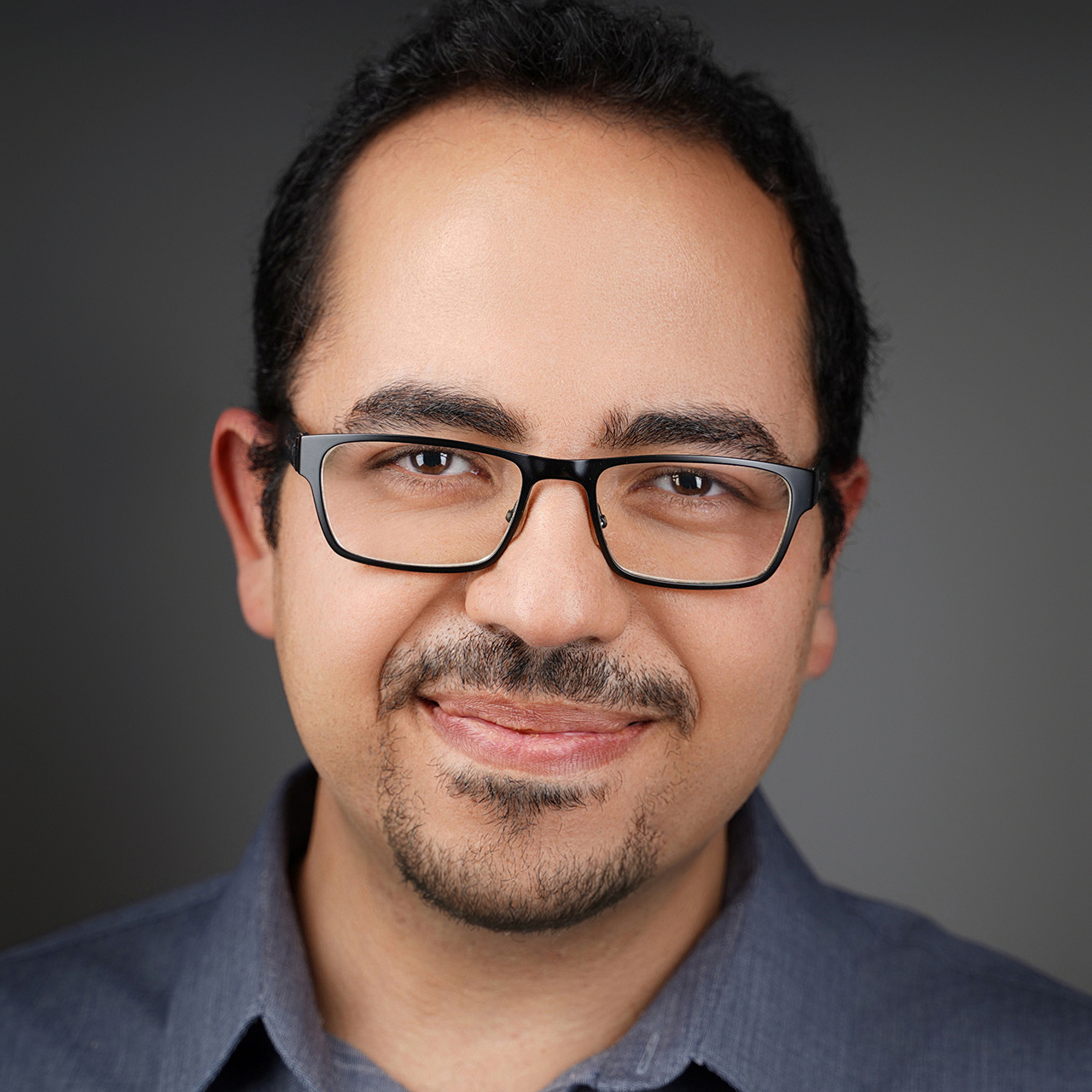
Gabriel is a corporate portrait and headshot photographer, specializing in professional images for businesses. He does not cover weddings, newborns, real estate, or other types of photography.
He has chosen to work with professionals like you because he has the skills and experience necessary to help you stand out from your competitors and achieve greater success in your business.
With emerged from a corporate background personally, Gabriel understands the importance of a robust digital footprint and is aware how to express the characteristics and nuances that communicate the right narrative to your target market.
The challenge for professionals is that they often feel uncomfortable in front of a camera, as it’s not a familiar situation for them. This discomfort is noticeable and can result in a poor first impression. Since this is a rare experience for many, like any skill, it requires practice to improve. Unfortunately, by the time someone is already in front of the camera, it’s often too late!
The solution Gabriel offers involves detailed coaching on poses and expressions to achieve a look that is both confident and approachable.
Each session begins with a PowerPoint presentation explaining the ideal positioning of different facial elements to build confidence. The session then becomes a physical exercise, where clients learn to control the positioning of every part of their face (eyes, mouth, neck, shoulders, back, etc.).
Close attention is also provided to details such as maintaining a tidy posture, making sure clothes and accessories are properly arranged, get rid of glare on glasses, styling hair, testing profiles, and more.
Younes Aouaou and Esther Di Guglielmo are part of Gabriel’s team and can replicate his signature style.
You’ll see the results immediately, and we guarantee you won’t leave the session without a portrait you’ll love!
If you’re not ready to book yet or need more information about our top-tier headshot experience in Paris, we’d be more than happy to discuss it with you!
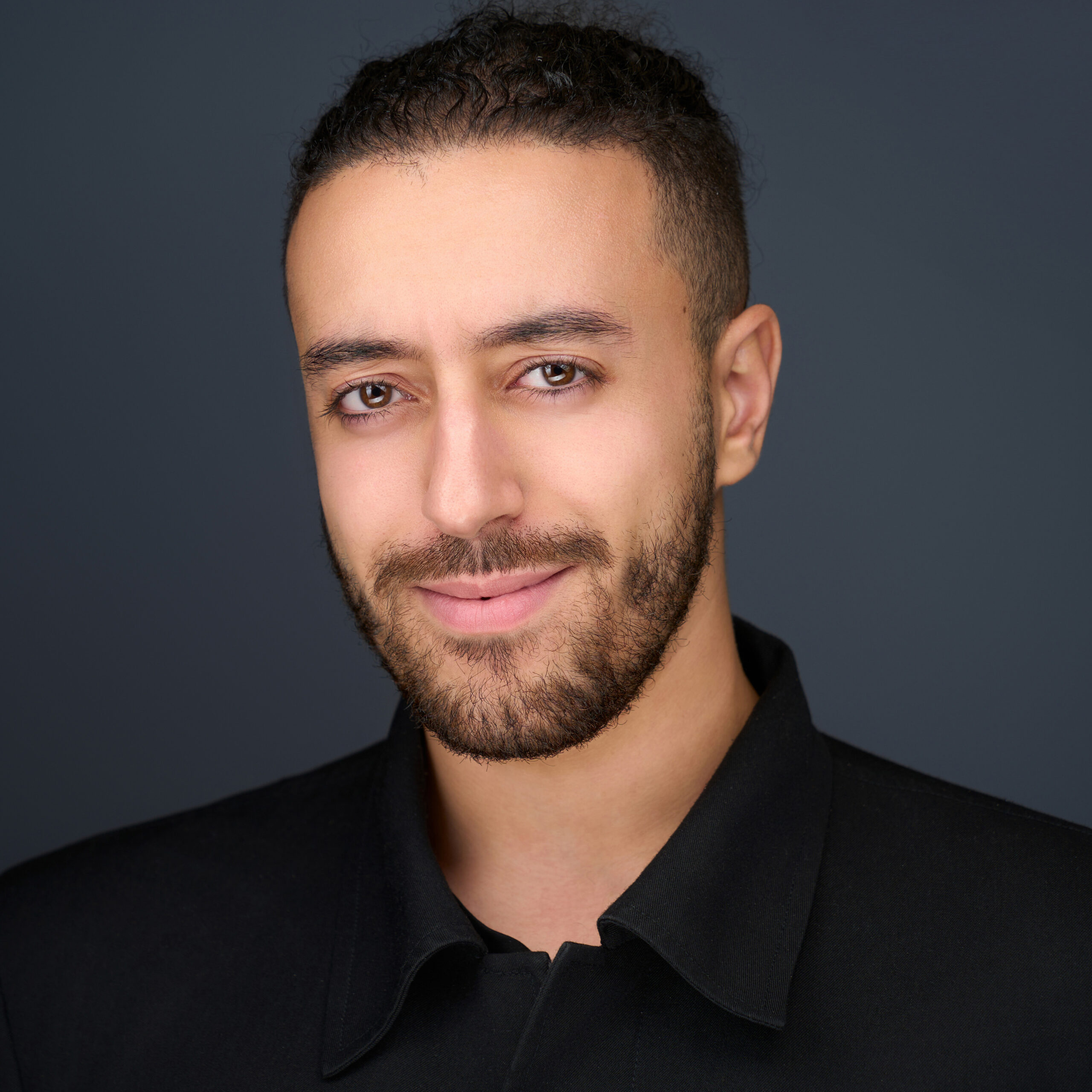
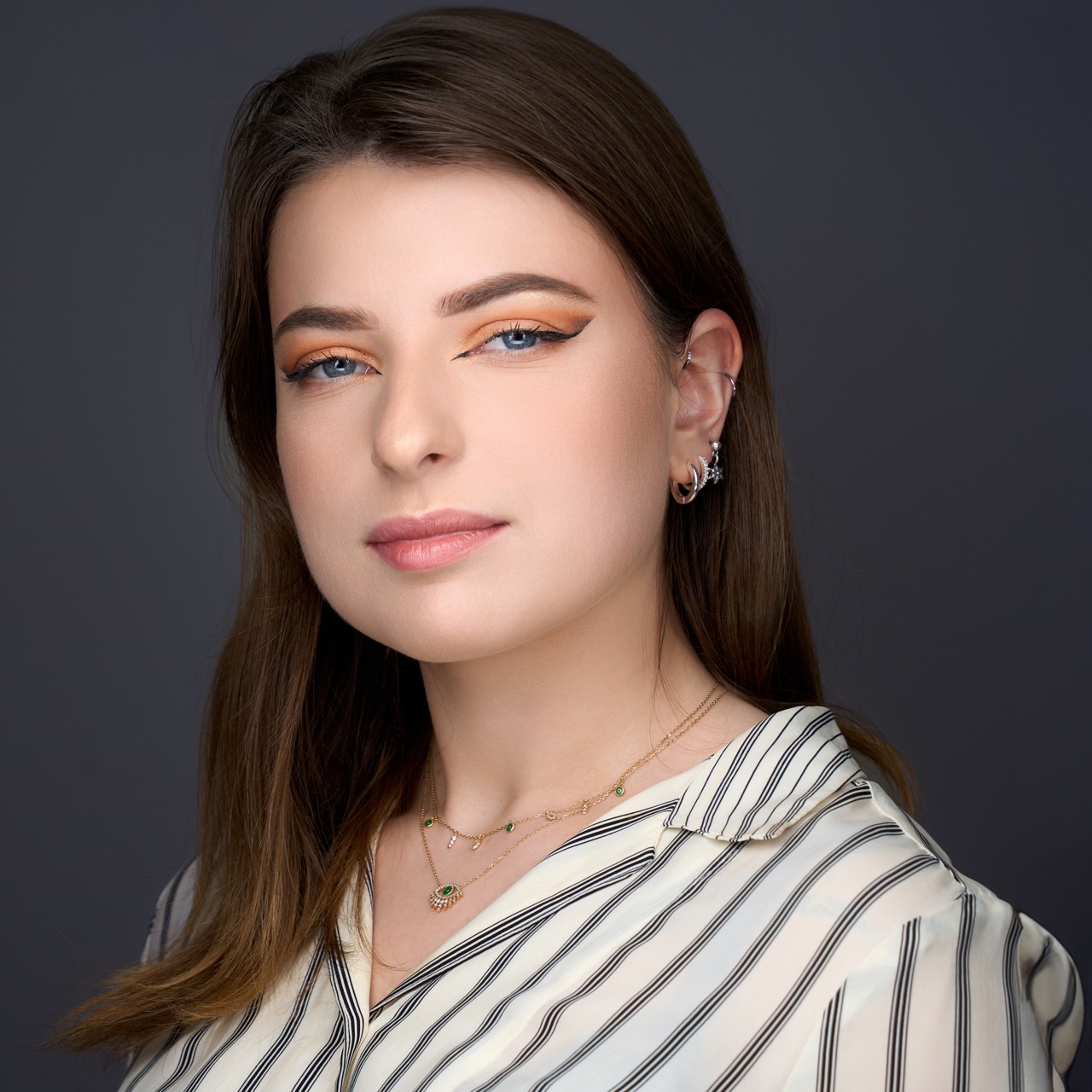
Getting your next professional portraits is very simple!
Let’s discuss your project. Schedule a phone appointment via the link below to discuss our sessions, logistics, and how to prepare.
During the session, let us handle the rest – we’ll make sure you look great and provide all the tips, tricks, and coaching you need for successful portrait photos.
Choose your favorite images at the end of the session with my expert and objective advice, and start attracting attention in just a few days!
Corporate sessions take place at the client’s premises in France, Belgium, Italy, Switzerland, Luxembourg, Germany and the Netherlands.
We speak English and French.